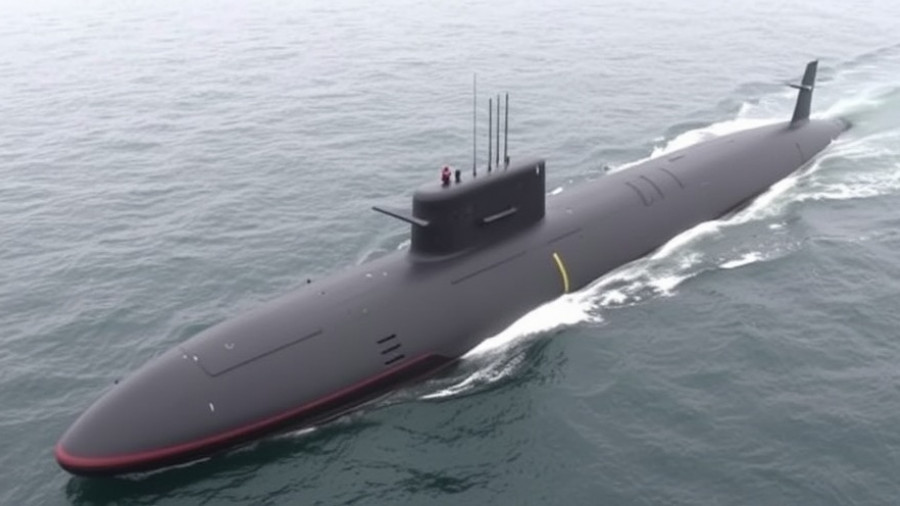
The Dawn of a New Era in Heavy-Lift Helicopters
Sikorsky, a renowned subsidiary of Lockheed Martin, has been placed at the forefront of military aviation with a historic $10.85 billion contract awarded by the U.S. Navy. This groundbreaking agreement signals the largest acquisition yet of the CH-53K King Stallion heavy-lift helicopters, intended for the U.S. Marine Corps (USMC).
Over the next five years, Sikorsky will produce up to 99 helicopters, consolidating numerous previous orders into a single, streamlined procurement plan. This not only simplifies logistics but enhances cost predictability and operational efficiency. With the first delivery scheduled for 2029 and concluding in 2034, the contract ensures continuous support for military operations in an ever-evolving combat landscape.
Boosting the Industrial Base and Job Market
The contract's structure is pivotal in bolstering the U.S. industrial base, sustaining thousands of jobs within Sikorsky and its extensive network of 267 suppliers spread across 37 states. This initiative underscores the government's commitment to maintaining a robust defense manufacturing sector, which is integral to national security and local economies.
According to Sikorsky Vice President Rich Benton, this agreement fosters a long-term partnership with the Department of the Navy. It aims to optimize production efficiencies, secure supply chain stability, and enhance workforce reliability. Such measures are crucial for ensuring that U.S. Marines remain strategically equipped with the advanced capabilities provided by the CH-53K.
Technological Advancements in the CH-53K King Stallion
The CH-53K helicopter represents a significant technological leap from its predecessors. Designed with powerful GE T408 engines, it boasts an impressive lift capability of approximately 14 tons, a marked improvement over the older CH-53E model. With enhancements including a digitized cockpit, fly-by-wire controls, and advanced health management systems, the CH-53K is poised to redefine heavy-lift operations for the Marine Corps.
As it replaces the aging fleet of CH-53E helicopters, the King Stallion emphasizes performance and survivability in contested environments. It is equipped to transport troops, supplies, and equipment over considerable distances—operating efficiently even in challenging conditions.
Strategic Implications for the U.S. Marine Corps
The transition to the CH-53K is not merely about replacing aging aircraft; it's a strategic upgrade that enhances the operational capabilities of the Marine Corps. The integration of these helicopters is being executed in phases, with early deployments expected as soon as fiscal year 2027. The overall military strategy anticipates a full transition to CH-53K operational readiness by the early 2030s, ensuring that the Marines retain a critical edge in modern warfare.
This move is supported by a broader focus on modernization within the U.S. military, aiming to keep pace with advancing threats and challenges in the global arena. The CH-53K will be central to this strategy, reinforcing the vital role of heavy-lift helicopters in military readiness and operational success.
Impact on the Local Economy and Workforce
For Mississippi and other states involved in the production and supply chain of the CH-53K, this contract brings significant economic benefits. The commitment to keeping production domestic strengthens local economies reliant on defense manufacturing jobs. As noted by analysts, each contract like this carries profound implications for job stability, economic growth, and community engagement, illustrating how national defense investments can resonate on a local scale.
Moreover, the ongoing production will require skilled labor, providing ample opportunities for workforce training and development within those communities. As new assembly lines are established and protocols for advanced manufacturing are rolled out, collaboration between Sikorsky and educational institutions will become increasingly important to prepare the current and future workforce.
This pivotal moment not only sets the stage for Sikorsky's future but also exemplifies how military contracts can have far-reaching effects beyond defense, affecting economic landscapes and job creation across the nation.
As Mississippi residents look on, the continued development of the CH-53K program illustrates the promise of advanced technology and manufacturing. For those interested in the intersection of technology and national defense, staying informed about these developments can provide insight into future job markets and technological advancements.
 Add Row
Add Row  Add
Add 




Write A Comment